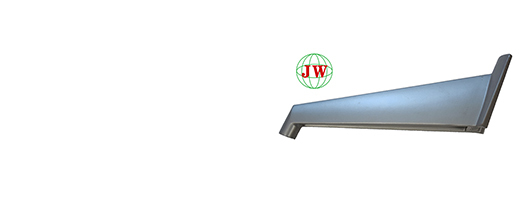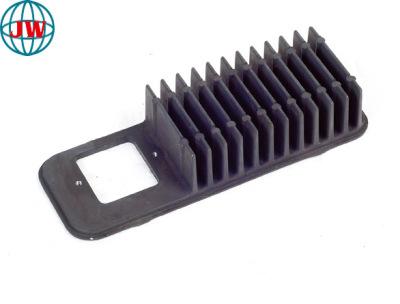
Low-Carbon Tech & AI: The Dual Engines Powering Aluminum Die-Casting Mold Industry Growth
2025-11-05 15:00
FRANKFURT, Nov. 3, 2025 – In a modern die-casting facility in central Europe, a 10,000-ton integrated die-casting machine completes production of an EV battery case in just 90 seconds. What sets this apart? The mold uses 100% recycled H13 steel for its core structure, and AI-driven sensors adjust cavity pressure 50 times per second to minimize material waste. This scene is no longer an exception—it’s the new normal as the global aluminum die-casting and mold industry races toward sustainability and intelligence, with the market expected to hit $120 billion by 2030, according to a new report from Statista.
The push for net-zero emissions has made low-carbon mold design a top priority for manufacturers. Stricter regulations, such as the EU’s New Green Deal and China’s “Dual Carbon” goals, require mold producers to cut carbon footprints by 35% by 2030. A key breakthrough here is recycled alloy integration: molds made with recycled aluminum and steel now account for 38% of global production, up from 19% in 2020. These recycled-based molds not only reduce CO₂ emissions by 42% during manufacturing but also maintain 95% of the durability of traditional molds. “We’ve seen a 60% increase in orders for recycled-material molds in the past year, mostly from EV makers,” says a senior analyst at McKinsey.
Intelligence is another game-changer, with AI-optimized molds becoming standard in high-end production. These molds are embedded with IoT sensors that track real-time data on temperature, wear, and pressure, sending alerts to operators before potential failures occur. A recent study by the International Die-Casting Association (IDCA) found that factories using AI-optimized molds reduced downtime by 28% and improved product consistency by 33%. For example, in EV component production, AI adjusts mold parameters to accommodate variations in molten aluminum temperature, cutting defect rates for battery trays from 1.2% to 0.3%. Additionally, digital twin technology allows manufacturers to simulate mold performance before physical production, slashing development time by 40% and reducing trial-and-error costs by $500,000 per mold on average.
Market demand is also shifting toward large-format integrated molds, driven by the EV industry’s need for lighter, more rigid structures. Traditional EV bodies use 50+ die-cast parts, but new mega-casting molds (capable of producing parts over 2 meters long) can reduce this to 5-8 parts. This not only simplifies assembly but also cuts vehicle weight by 15-20%, extending EV range by 10-15km. The demand for such molds is growing at a CAGR of 19%, with automakers planning to invest $8 billion in mega-casting capacity by 2027. However, producing these molds requires advanced machining capabilities—mills with 5-axis precision are now essential to achieve the ±0.02mm tolerance needed for large parts.
Material innovation is further fueling industry growth. New heat-resistant mold alloys (containing chromium and molybdenum) can withstand temperatures up to 850℃, making them ideal for high-pressure die-casting of complex EV components. Meanwhile, nanocoatings (such as CrN and AlCrN) extend mold life by 70% by reducing friction and wear. These advancements are critical as manufacturers aim to increase mold lifespan from 100,000 cycles to 170,000 cycles by 2030, lowering replacement costs.
Despite these advances, challenges remain. The cost of AI and IoT technology keeps smart molds out of reach for small-to-medium enterprises (SMEs), and a shortage of skilled technicians (estimated at 25% globally) slows adoption of new technologies. Additionally, volatility in raw material prices—aluminum prices fluctuated by 22% in 2024—adds uncertainty to production planning. To address these issues, governments and industry groups are launching training programs: the European Die-Casting Federation, for instance, aims to train 10,000 technicians in smart mold operation by 2028.
As the industry moves forward, the focus on sustainability and intelligence will only intensify. “Molds that combine low-carbon materials, AI, and large-format capabilities will be the backbone of next-gen manufacturing,” says a spokesperson for the IDCA. With EV adoption rising and regulations tightening, the aluminum die-casting mold sector is poised for a decade of unprecedented growth—one that balances efficiency, sustainability, and innovation.
Get the latest price? We'll respond as soon as possible(within 12 hours)












